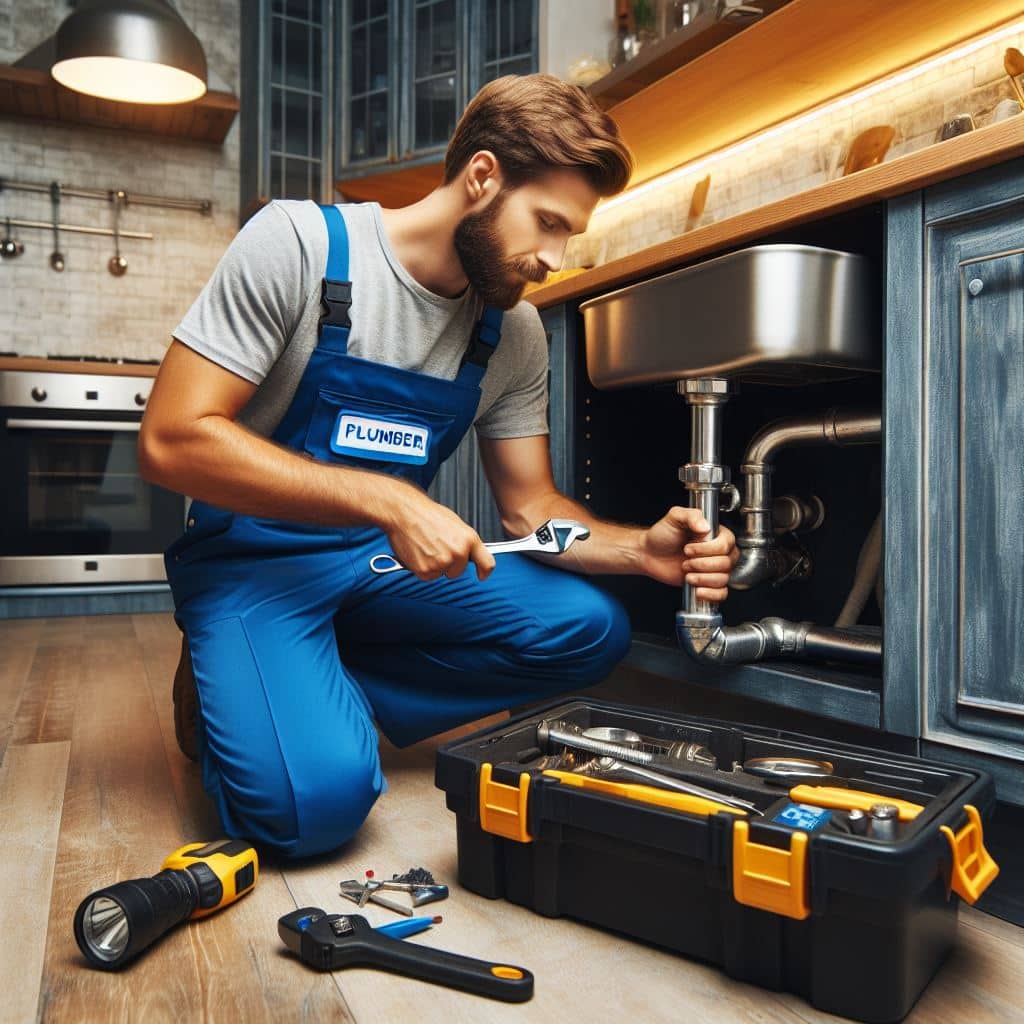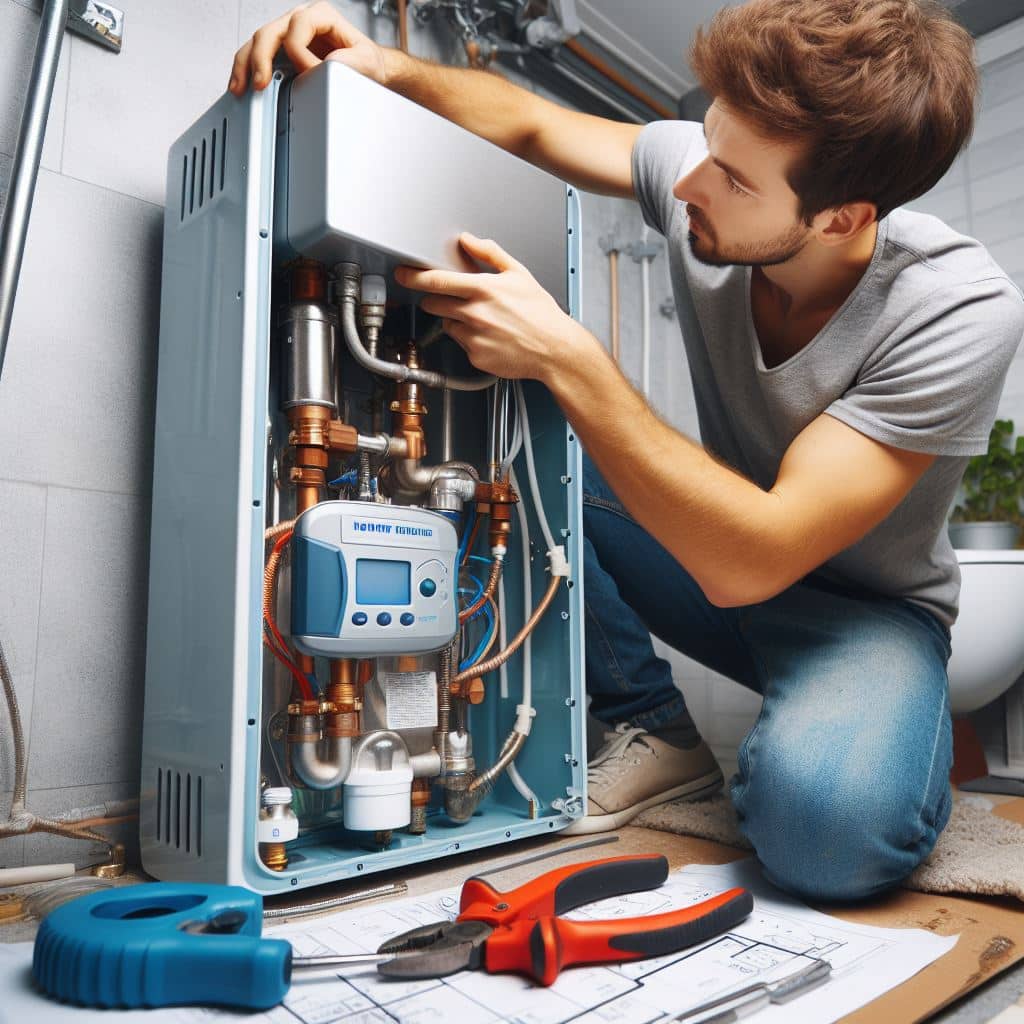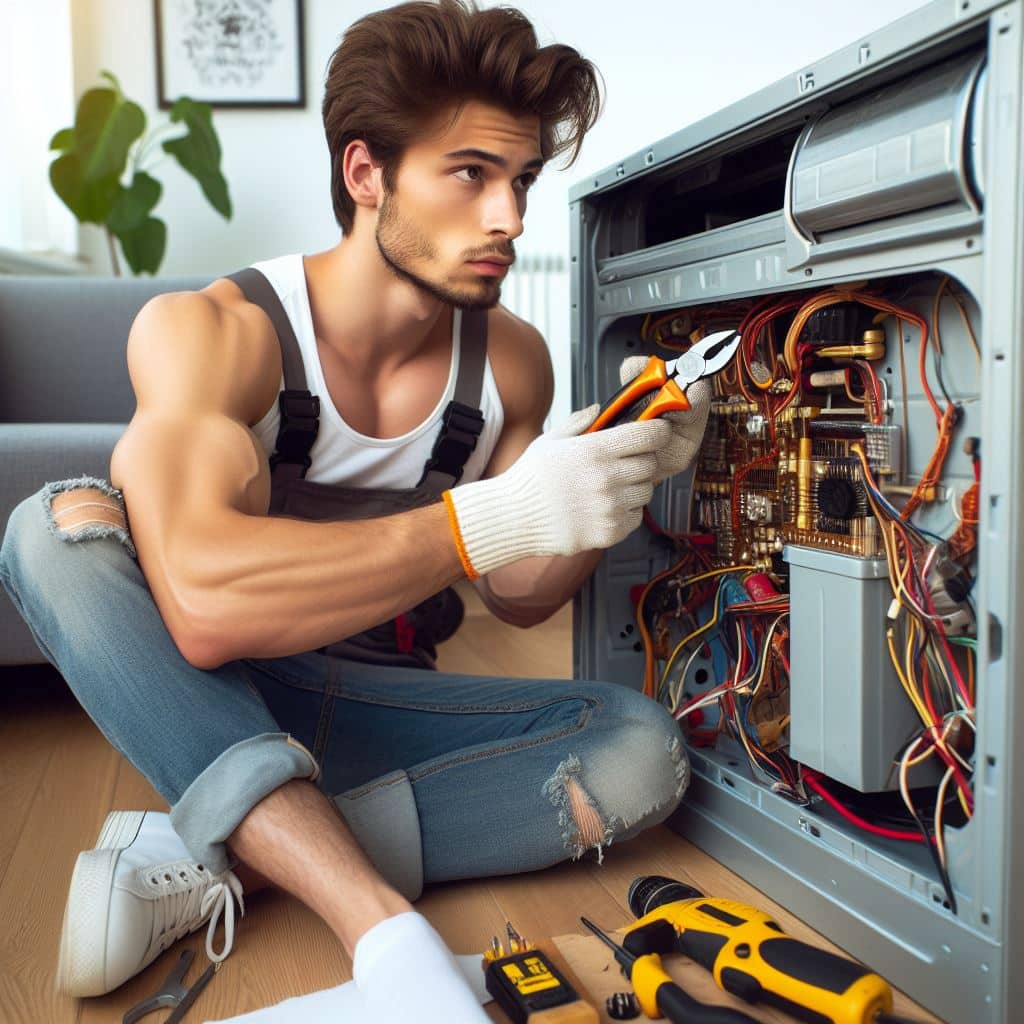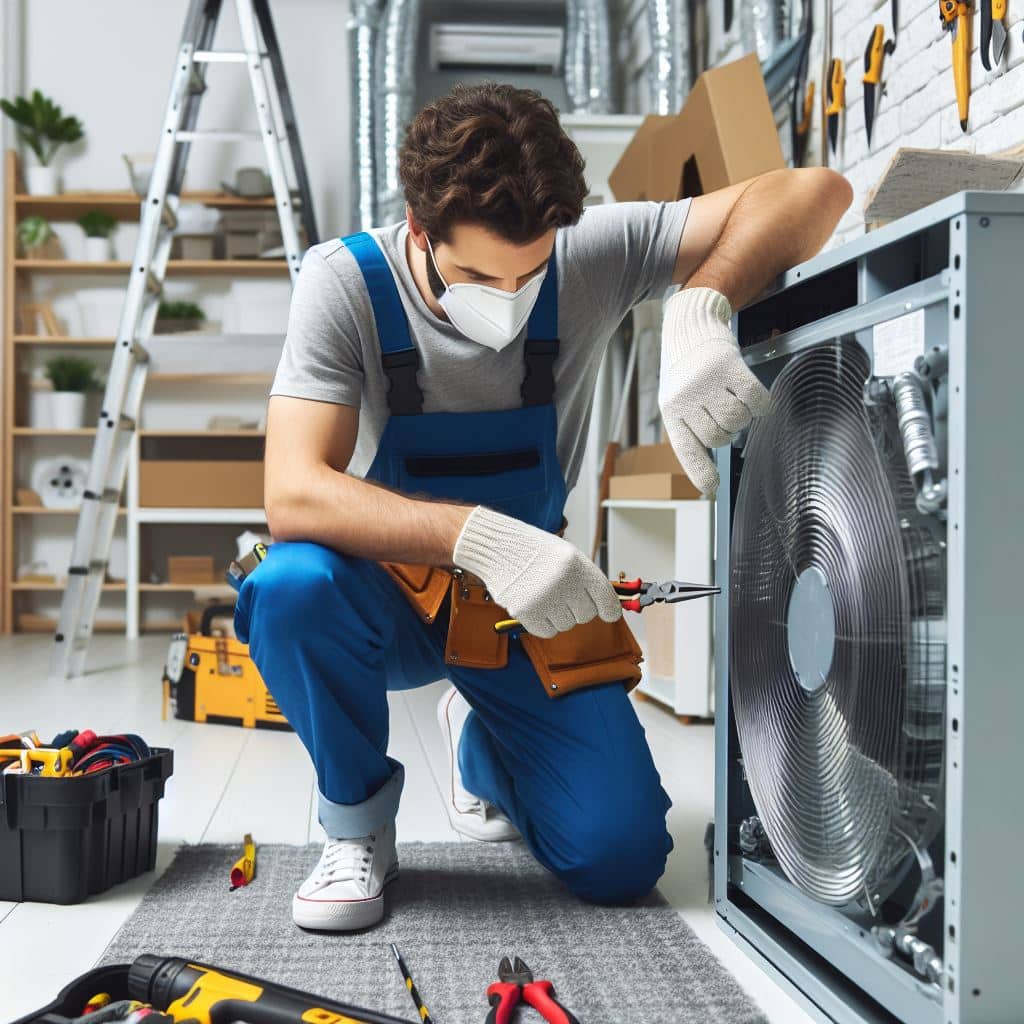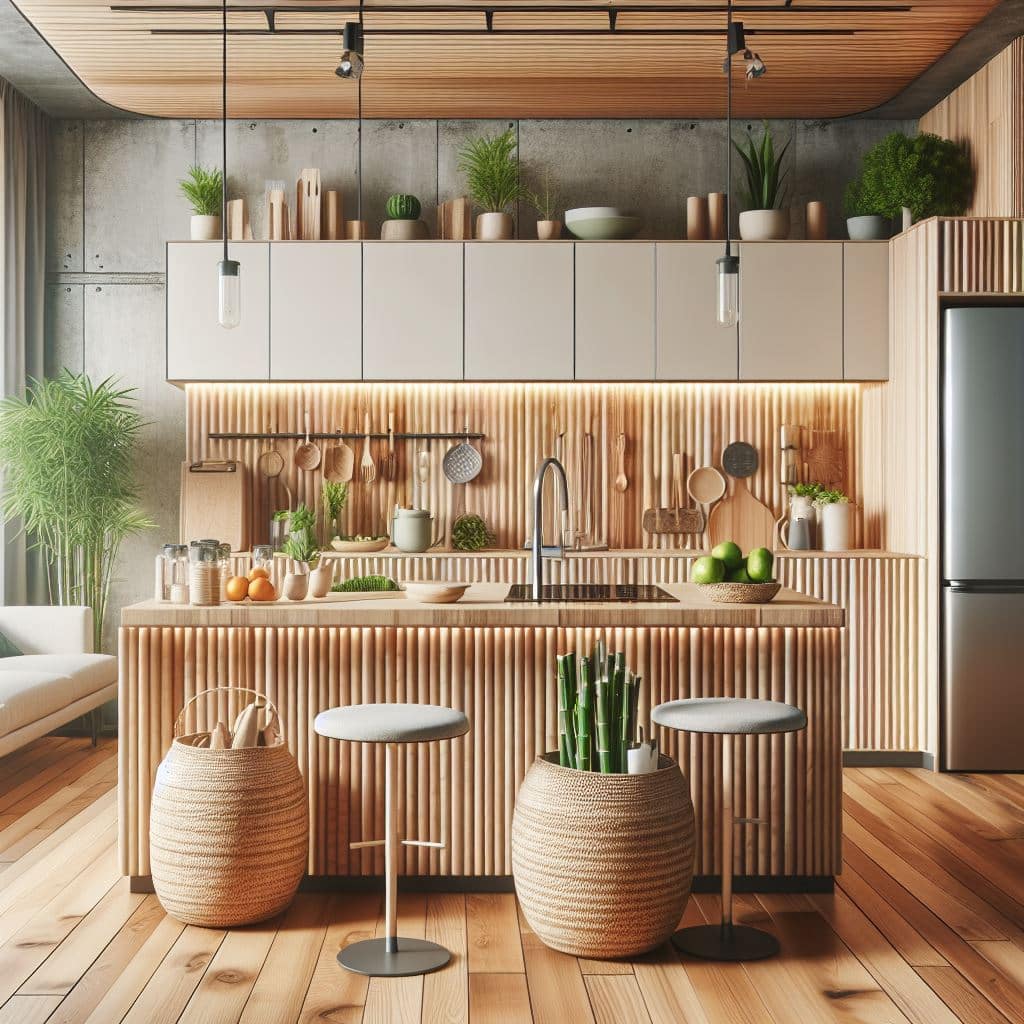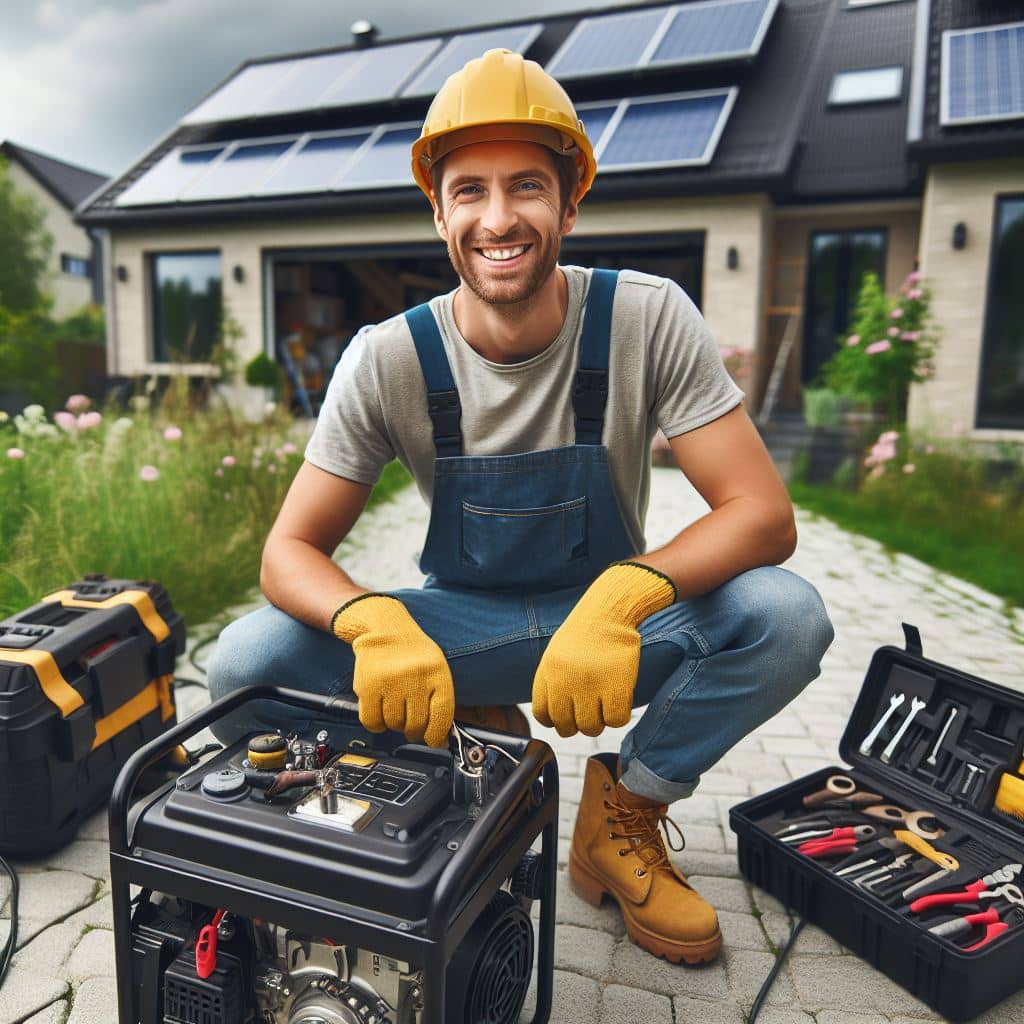Pruning Is Key for Tree Health and Safety
You know you should take better care of the trees in your yard, but where do you start? There’s pruning, planting, pest control, and more to consider.It can feel overwhelming, but maintaining your trees doesn’t have to be complicated. Focus on the three pillars of effective tree care – pruning, planting, and preservation – and you’ll have happy, healthy trees for years to come.
Pruning is key to shaping your trees and promoting growth. Planting the right trees in the right spots will ensure they thrive. And preservation through mulching, watering, and occasional treatments keeps diseases and insects at bay. Spend just a few hours each season following these principles and you’ll have the yard of your dreams. Don’t know the difference between a lopper and a chainsaw? No problem, we’ve got you covered. Consider this your gateway to essential tree care. In a few simple steps, you’ll go from novice to naturalist in no time. Ready to roll up your sleeves and make your trees the best they can be? Visit website and Let’s get started!
Proper Planting Ensures Trees Thrive
Pruning is key for tree health and safety. Regular pruning, especially when trees are young, helps them develop a sturdy and balanced branch structure. As trees mature, pruning helps remove dead or damaged branches and ensures clearance for buildings, vehicles, and power lines.
To get started, you’ll need sharp, clean pruning tools like loppers, hand pruners, and pruning saws. The key is to prune in a manner that looks natural and retains the tree’s natural shape. As a rule of thumb, don’t remove more than 25% of the tree’s canopy at a time. For most trees, focus on removing branches that are crossing over or rubbing on each other, dead or damaged wood, and downward-growing branches.
For clearance pruning, assess how much growth your tree puts on each year and prune accordingly. It’s best to prune just beyond the branch collar, where the branch meets the main stem. Never cut into the branch collar, as this can damage the tree.
Young trees often require pruning to establish a strong central leader and wide-angled scaffold branches. Remove any shoots growing inward toward the center of the tree or crossing branches. Prune other branches so the widest angle between two branches is 60 to 90 degrees.
With the proper technique and regular pruning, you’ll have gorgeous, healthy trees that provide shade and beauty for years to come. An annual pruning exam is well worth the investment for the safety, longevity, and beauty of your trees.
Preserve Your Trees by Visiting Our Website
To ensure your tree thrives for generations, proper planting is key.
When picking out a tree, consider your climate and available space. Choose a spot with plenty of room for the tree to grow to its mature size. Make sure the soil drains well and has the nutrients your tree needs. If your soil is lacking, you may need to amend it with compost or fertilizer.
Once you’ve found the perfect tree and spot, dig a hole at least two to three times the width of the root ball. The sides of the hole should be tapered, wider at the top and narrower at the bottom. This allows for easy root growth. The tree should be planted at the same depth as it was growing in the nursery.
Backfill the hole with the soil you removed, tamping it down as you go to prevent air pockets. Water thoroughly after planting and spread a layer of mulch around the base of the tree, keeping it a few inches away from the trunk.
In the first few years, proper watering and fertilizing are essential while your tree establishes itself. Be on the lookout for common pests or diseases and treat them quickly.
With the right start, your tree will provide beauty and shade for years to come. Following these planting principles is the best way to ensure your tree’s health and longevity. Your efforts now will be rewarded as you watch your tree mature into a treasured part of your landscape.

